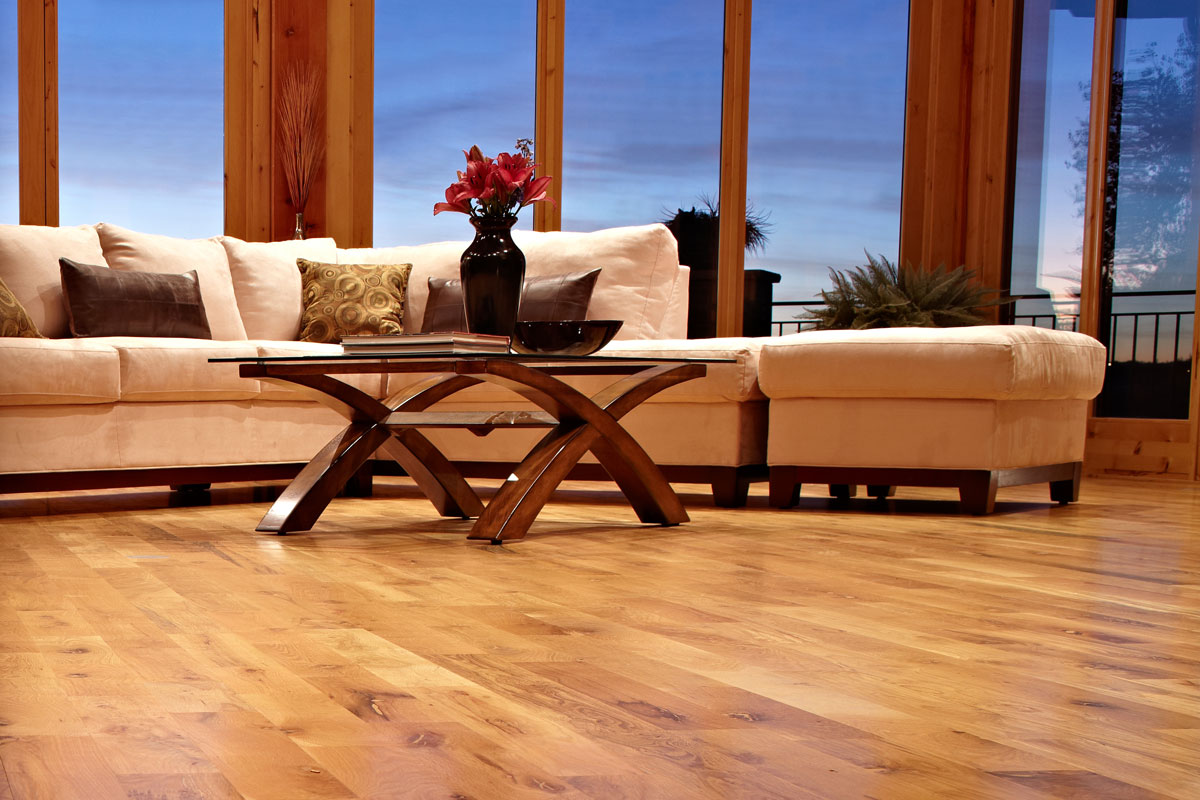As with any woodworking project, finishing is one of the most challenging parts of the process. But with thorough coverage and easy-to-follow visual step-by-step instructions, this fully illustrated guide demystifies the art of finishing.
Penetrating oils–especially tung oil–soak into the grain, which helps prevent scratches and stains. Wax is also popular for clients who prefer a low-sheen look, but wax needs to be reapplied periodically.
Preparation
A solid finish is the foundation for a beautiful hardwood project. A well-prepared surface allows for even absorption of dyes, stains, and fillers, creating an aesthetically pleasing and uniform appearance.
Stains can be water- or oil-based and come in various colors. Test a stain on a small area before applying it to the entire piece. Once the stain dries, you can better assess whether it’s the color and tone that you want.
Penetrating oils (like tung or mineral) soak into the wood’s pores to help prevent scratches, scuffs and other damage while highlighting its grain and beauty. These finishes don’t leave a hard sheen and are often topped with a coat of wax for added protection. They are a great choice for customers who prefer a low-sheen aesthetic or for historic homes. Acid-cured urethane is another durable option for high-traffic floors, but it’s also one of the most difficult types of finish to apply and requires special protective equipment.
Staining
Staining is a critical step in finishing hardwood. This process adds color and protects wood from damage by moisture and handling.
When choosing a stain color, consider your interior design and existing furniture. For example, a dark ebony shade would clash with a rustic farmhouse-style table, while a mid-toned brown shade would be a better match.
Experts like Soen Hardwood Denver hardwood refinishing recommend that you test the color of your stain on a sample piece of wood before applying it to the floor. This way, you can be sure the final color will look right and complement your furniture and overall interior design.
There are two types of staining products available – oil-based and water-based. Water-based stains dry lighter and have a milder odor than their oil-based counterparts. However, if you use water-based stain, it is important to wet the surface before application with a rag or paint pad. This will swell the grain and allow the color to be applied evenly.
Sealing
Achieving a perfect finish requires balancing beauty with durability. With a proper sealer, moisture and everyday use could protect the gorgeous wood you’ve just stained.
Sealers are important because they act as the first layer of protection and provide a base layer for other protective coatings. They can be applied before color or stain, creating a specific look, such as an ambering tone.
Penetrating oil sealers—typically linseed or tung oils—soak into the wood’s pores, creating a soft sheen and protecting it from scratches and other damage. They’re a popular option for historic homes and are often topped with a coat of wax for extra durability.
Another type of sealer, a conversion finish or an acid-cured oil, is similar to penetrating oil but offers an even more durable sheen. This high-performance finish is expensive and contains acid, so it’s not recommended for DIY applications and requires special equipment like a full-face respirator during application.
Polishing
Often, hardwood floors need more than one coat of finish to look good. A single coat will not hold up against the abuse of high heels, children’s toys, and pet nails, so it is important to build up a durable protective surface with a few coats of finishing product.
A more durable option is an acid-cured finish, Swedish, or conversion varnish. This type of finish is a clear, shiny finish that will withstand heavy wear, chemical damage, and scratches. It is a highly desirable wood floor finish for those who want a glossy shine that brings out the beauty of the hardwood.
Penetrating oil finishes, such as tung oil, can also be used to protect a hardwood floor. These products soak the wood’s pores, preventing scratches and water damage. However, they are less durable than polyurethane finishes and must be reapplied frequently.

















